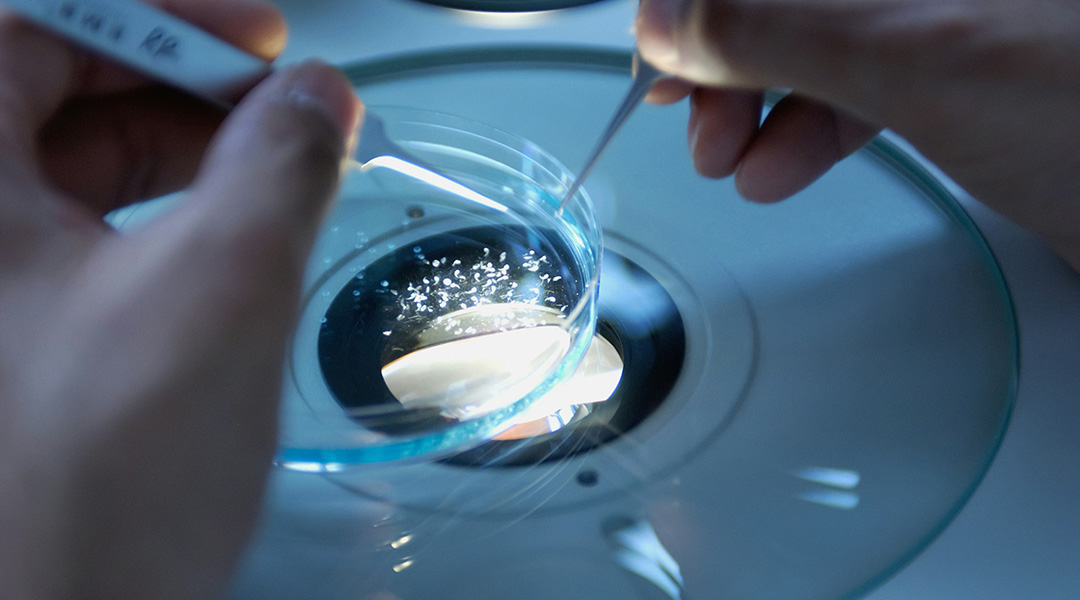In the last decade, bacterial identification using routine chemistry and gene sequencing methods have improved our understanding of the microbial world. Now, a new approach to diagnostics integrates these standard techniques with state-of-the art methods, resulting in a new protocol that relies on the marshalling of already available resources into a systematic, easy-to-follow recipe for bacterial ID.
For Daniel Goldenberger, a diagnostic microbiologist at University Hospital Basel and University of Basel, the challenge of finding novel bacteria and novel disease, “is a kind of detective work that is really exciting.”
The new approach developed by Goldenberger and his team not only improved the efficiency and accuracy of their hospital diagnostics lab in Switzerland, but allowed them to identify microbes the standard techniques alone could not, even going as far as to identify 35 previously unknown strains.
The team based in Basel and Zürich dubbed their new identification protocol NOVA. The method provides a clear, step-wise protocol along with thresholds that guide scientists up a ladder of increasingly powerful and costly tests.
For many labs, this provides a criteria for correct identification using routine tests as well as instructions for how and when to proceed to costlier, more time-consuming options. This is vital as patients depend on accurate diagnostics that will prescribe the best treatment options.
In most cases identifying bacteria is possible using common techniques, but if a microbe continually eludes identification at the lower rungs of the protocol’s ladder, Goldenberger say whole genome sequencing and a powerful new AI data analysis tool can be used to finally solve the mystery.
“[Whole genome sequencing] is the best method for characterization of bacteria,” said Goldenberger. However, this is simply not possible for every sample. “This is too expensive and too time consuming.”
This is why the technique is only used, when all else has failed. Cost and time aside, analyzing this type and amount of data is complicated and requires specific expertise and software.
Goldenberger credits recent advances in AI-powered web tools which streamline and automate the analysis for enabling labs like his to use whole genome sequence identification. “We are now at the starting point of this AI era in clinical microbiology and in the therapy of infectious diseases,” he said.
Specifically, he and his team integrated the Type (Strain) Genome Server into the final step of the new analysis protocol. “Using this tool, you can identify your [bacteria] very reliably and are informed that your strain represents a novel species,” he explained.
The Swiss collaborators honed their stepwise protocols using samples collected by the University Hospital Basel between 2014 and 2022. Following the new diagnostic criteria and instructions, they found only 61 bacteria that were unidentifiable by standard techniques and required whole genome sequencing.
Of these 26 were correctly identified as known but hard to identify strains and remaining 35 were confirmed as novel strains of bacteria. Using clinical data reports from the patients who provided samples with new strains they could start making connections between symptoms and bacteria. Seven of the 35 new species were deemed clinically relevant, meaning they may play a role in disease or infections.
Goldenberger believes the NOVA analysis will help labs generate timely and accurate ID’s as well as a wealth of new information researchers can use to identify new pathogens, track the spread of antimicrobial resistance, and uncover new players in the microbiome ecosystem.
While this may sound scary to a patient entering hospital, Goldenberger said, “you do not have to be frightened when you read this publication,” he said in reference to the discovery of new potentially pathogenic strains. According to him, the opposite is true, and better diagnostics will improve treatment, slow antibiotic resistance, and provide greater clarity on the links between microbiome and health.
Reference: Veronika Muigg, et al., Novel Organism Verification and Analysis (NOVA) study: identification of 35 clinical isolates representing potentially novel bacterial taxa using a pipeline based on whole genome sequencing, BMC Microbiology (2024). DOI: 10.1186/s12866-023-03163-7
Feature image credit: NCI on Unsplash

















